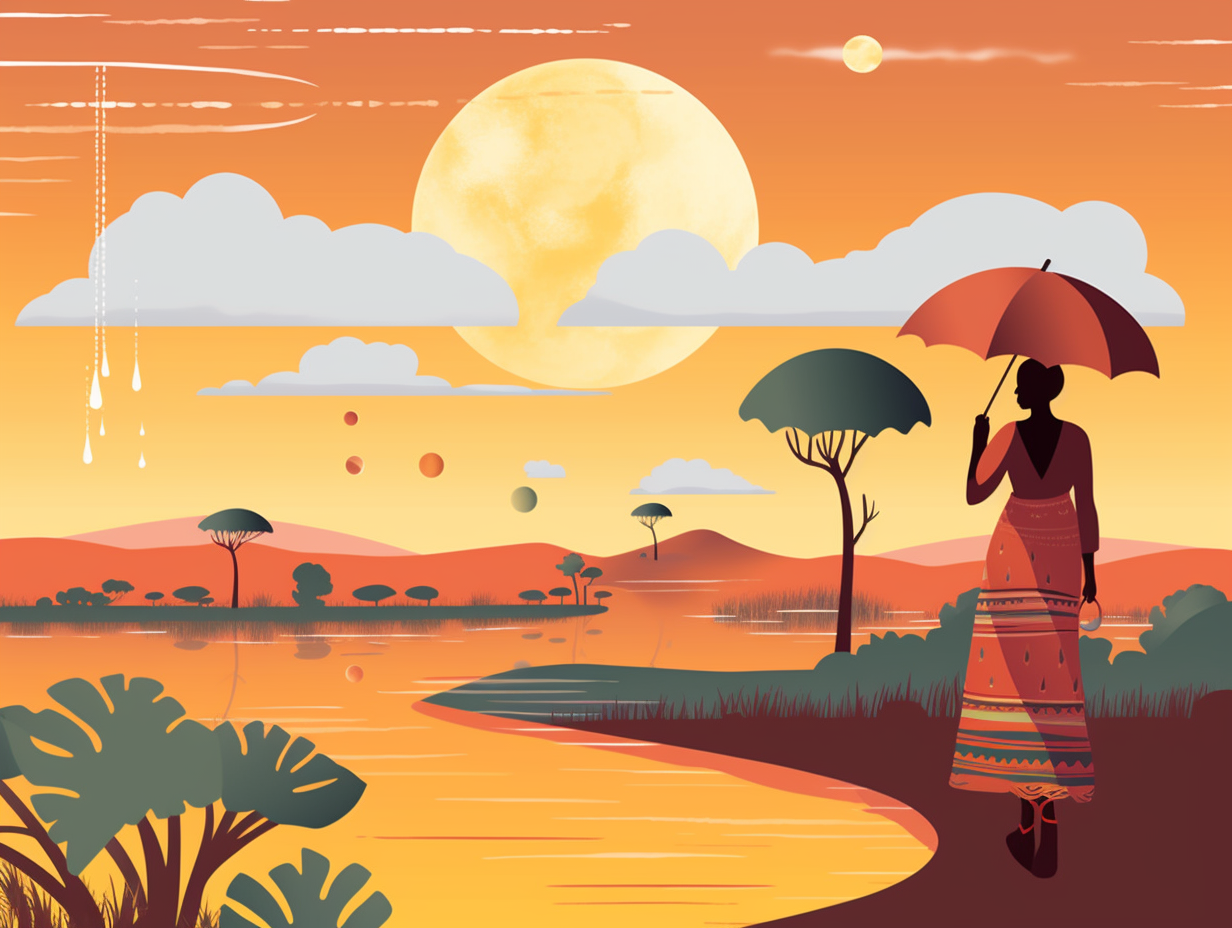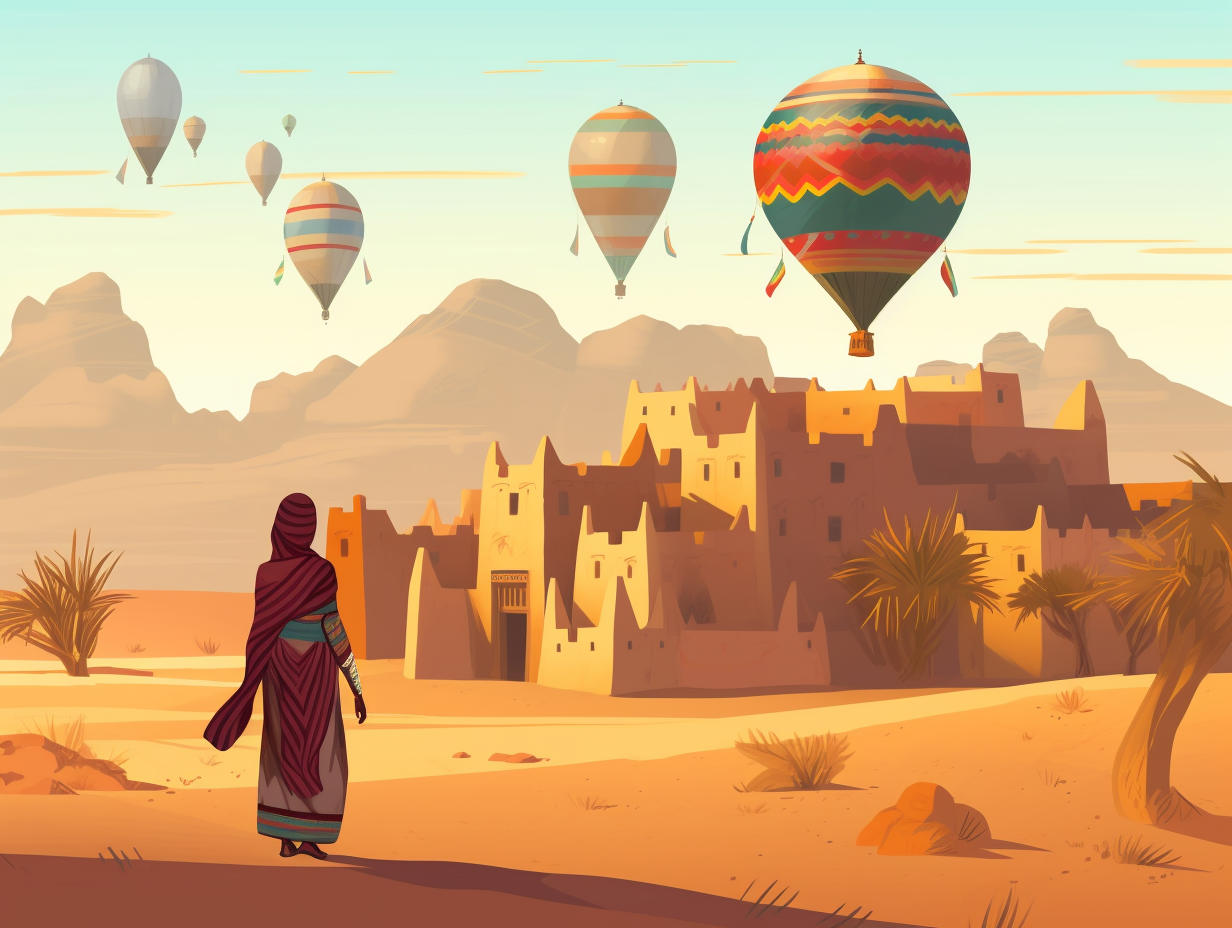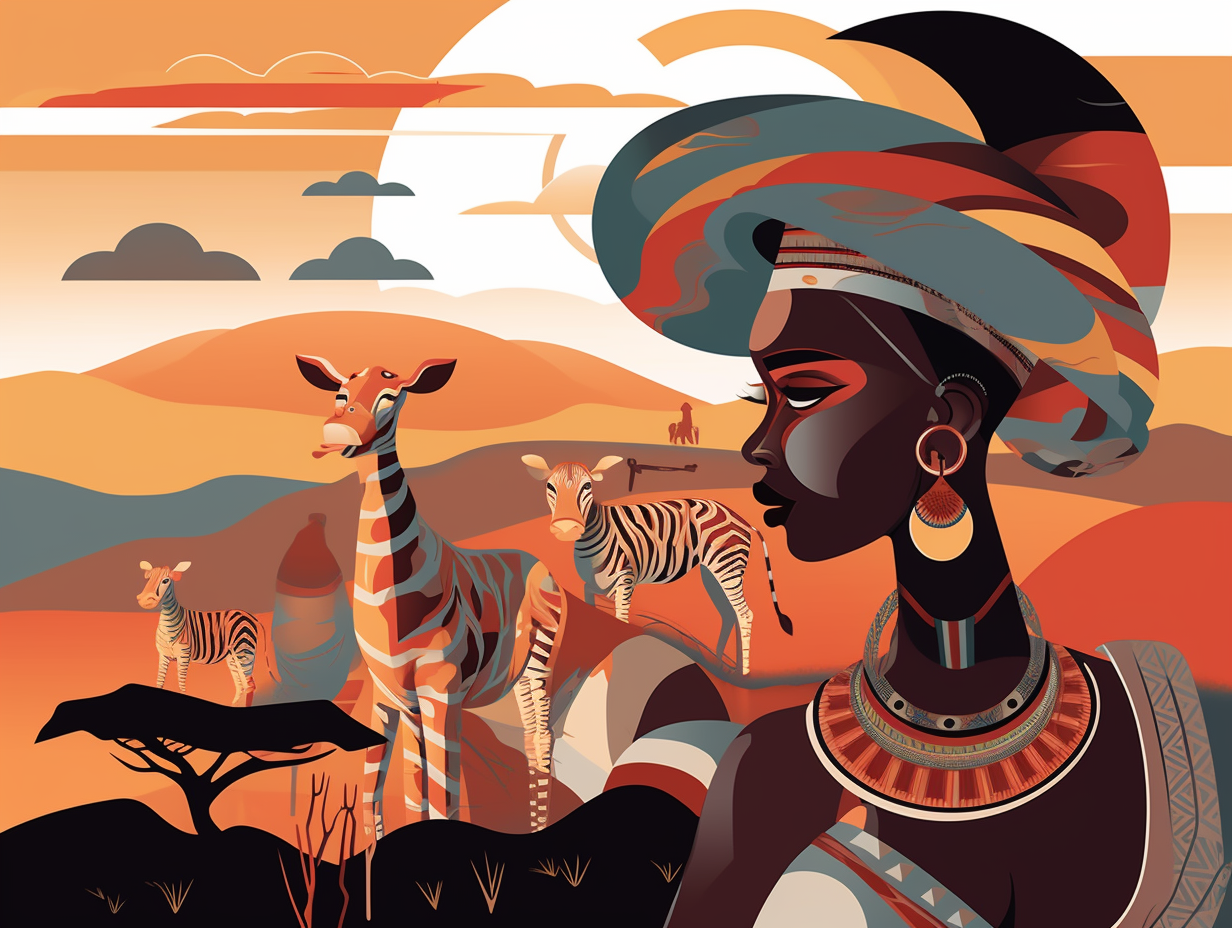Uncovering the Mysteries: Top 13 Fun Facts About Timbuktu You Never Knew!

1. Netflix and Quill
In an ancient "Netflix and Quill" situation, Timbuktu residents were binge-reading like it was going out of style: In truth, this fabled African locale was a treasure trove of around 700,000 manuscripts, spanning the fields of art, medicine, philosophy, science, and the Quran, thoughtfully preserved from the 13th to the early 20th centuries in private households, and currently being digitized for future generations to enjoy.
Source => en.wikipedia.org
2. African Hogwarts
If Hogwarts got lost in Africa: Timbuktu was actually a thriving center of magical knowledge during the Golden Age of Islam in West Africa, boasting over 150 Qur'anic schools and grand mosques like Sankoré, Djinguereber, and Sidi Yahya, which doubled as learning hubs for mathematics, law, grammar, history, geography, astronomy, and astrology. The city even had a treasure trove of manuscripts, making it the Mali Empire's memory keeper.
Source => history.com

Did you know Bamako, the capital of Mali, was once known as "the backwater ponds of crocodiles"? Discover why this city's name holds a unique connection to these ancient reptiles! 🐊
=> Fun Facts about Mali
3. Scholar Autograph Hunters
It's no "Riddle of the Sphinx," but Timbuktu's intellectual swag once had scholars flocking like autograph-hunters at a Beyoncé concert: This golden city was a pillar of Islamic erudition, hosting universities and grand libraries filled with thousands of manuscripts, and covering topics like history, geography, astronomy, and medicine.
Source => worldhistory.org
4. Camel Mecca
Once upon a hump, in the land of sand and sultans, a thriving, bustling marketplace existed in the midst of the endless desert, a Mecca for merchants where camel was the original "Ship of the Desert": Timbuktu, a great trading hub, exchanged goods like gold, salt, ivory, and slaves, and blossomed as an international center of Islamic learning and culture under King Mansa Musa, complete with the colossal mud-brick building, the Great Mosque of Djenné, that showcased Islamic architecture with a touch of Sudano-Sahelian flair.
Source => sahistory.org.za

5. Scrooge McDuck's Vault
Well butter my buns and call me a biscuit, Timbuktu wasn't a slave trading hotspot: Instead, this bustling metropolis was rolling in salt, gold, and ivory riches, with slave trading playing a much smaller role in its vibrant economy. The main breadwinner? Golden treasure troves hidden nearby, keeping Timbuktu's pockets as full as Scrooge McDuck's vault!
Source => sahistory.org.za
6. Pokémon Master's Paradise
If Saints were Pokémon, Timbuktu would be a Pokémon master's paradise: this ancient city is affectionately known as the "City of 333 Saints" due to its 16 cemeteries harboring countless tombs of renowned Sufi scholars and saints, making it a hotspot for pilgrims and knowledge-seekers alike.
Source => britannica.com
7. Blue Man Group Hump Day
Imagine if Burning Man collided with a Blue Man Group convention on hump day: Enter the Festival au Desert! Located in Timbuktu, Mali, this annual event draws hundreds of blue-robed Tuareg nomads, who arrive on camelback to partake in traditional music, poetry, crafts, and even camel races, providing a feast for the eyes and ears since its inception in 2001.
Source => mercurynews.com
8. Sahara's Harvard
If Timbuktu were a college town, it'd be the Harvard of the Sahara, teeming with genius scholars and thriving on the unlikeliest of exports: Turns out, this ancient metropolis was not only rich in salt trade but also in gold and ivory exports, making it a bustling cultural and economic hub of the Mali Empire, and a renowned center of African scholarship.
Source => en.wikipedia.org
9. Treasure Troves of Knowledge
Ahoy, scholars and salt-traders of yore: did you know treasure troves of knowledge were once buried in the sandy dunes of Timbuktu? Behold the golden epoch: during the 15th and 16th centuries, Timbuktu was home to 180 Koranic schools and 25,000 students, flourishing as a hub for Islamic learning, and a bustling marketplace for salt, gold, cattle, and grains along the southern trans-Saharan trading route. The city's cultural legacy still stands tall today, with its three grand mosques, sixteen mausoleums, and holy public places serving as proud reminders of its glorious past.
Source => whc.unesco.org

10. Mud Mosque Magic
When life gives you mud, make a mosque: Timbuktu boasts an ancient mud mosque, dating back to the 14th century, representing one of the oldest surviving examples of the Sudano-Sahelian architectural style.
Source => seattletimes.com
11. Magical Land of Scrolls
Who needs Hogwarts when you've got Timbuktu, the magical land of ancient knowledge and dusty old scrolls? That's right, step aside wizards and muggles: Timbuktu was home to the largest university town in the world, with 3 magnificent libraries and over 700,000 manuscripts covering everything from Islam, science, and medicine to poetry and love. In spite of the obstacles it's faced, Timbuktu's intellectual and cultural feats continue to enchant and enlighten people across the globe.
Source => brookings.edu
12. Scrooge McDuck's Envy
With enough gold to make Scrooge McDuck green with envy, Mansa Musa surely turned heads on his lavish pilgrimage: As the ruler of Mali from 1312-1337, Mansa Musa amassed one of the largest fortunes in history and transformed the city of Timbuktu into a thriving cultural and scholarly hub, thanks to his kingdom's rich salt, gold, and ivory trade.
Source => nationalgeographic.org
13. Sunny-side Sahara
In Timbuktu, you can cook eggs on the sidewalk and serve them sunny-side Sahara: This sizzling destination is one of the world's hottest cities, boasting an average annual temperature of 86°F (30°C) that leaves residents and travelers sweltering under the desert sun.
Source => timbuktu.climatemps.com
Related Fun Facts




















